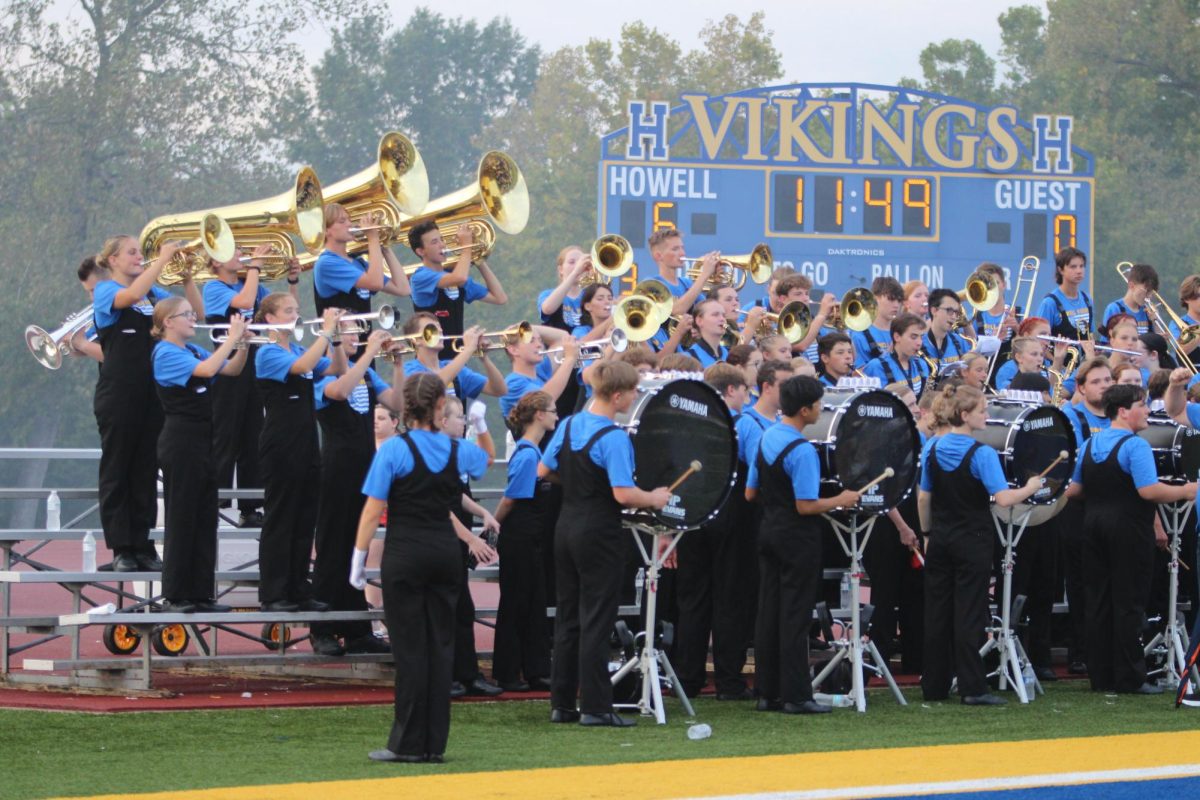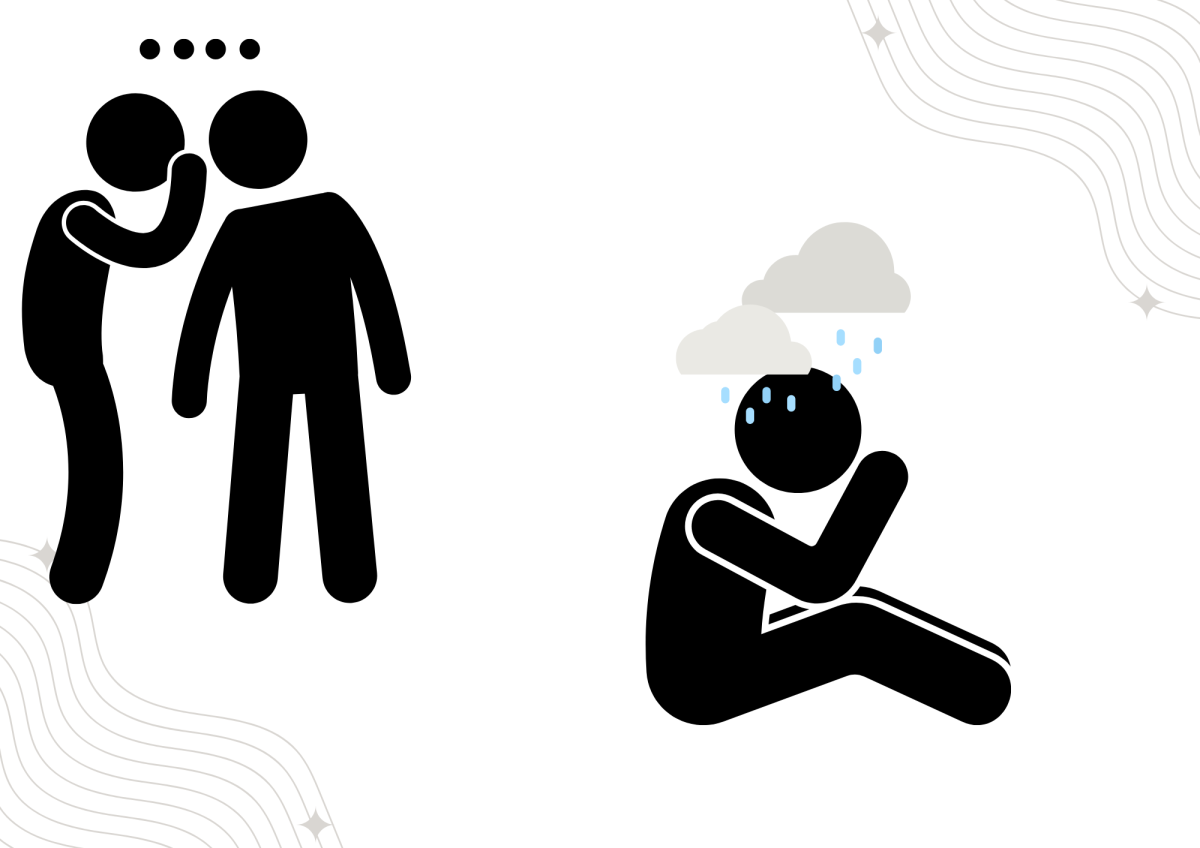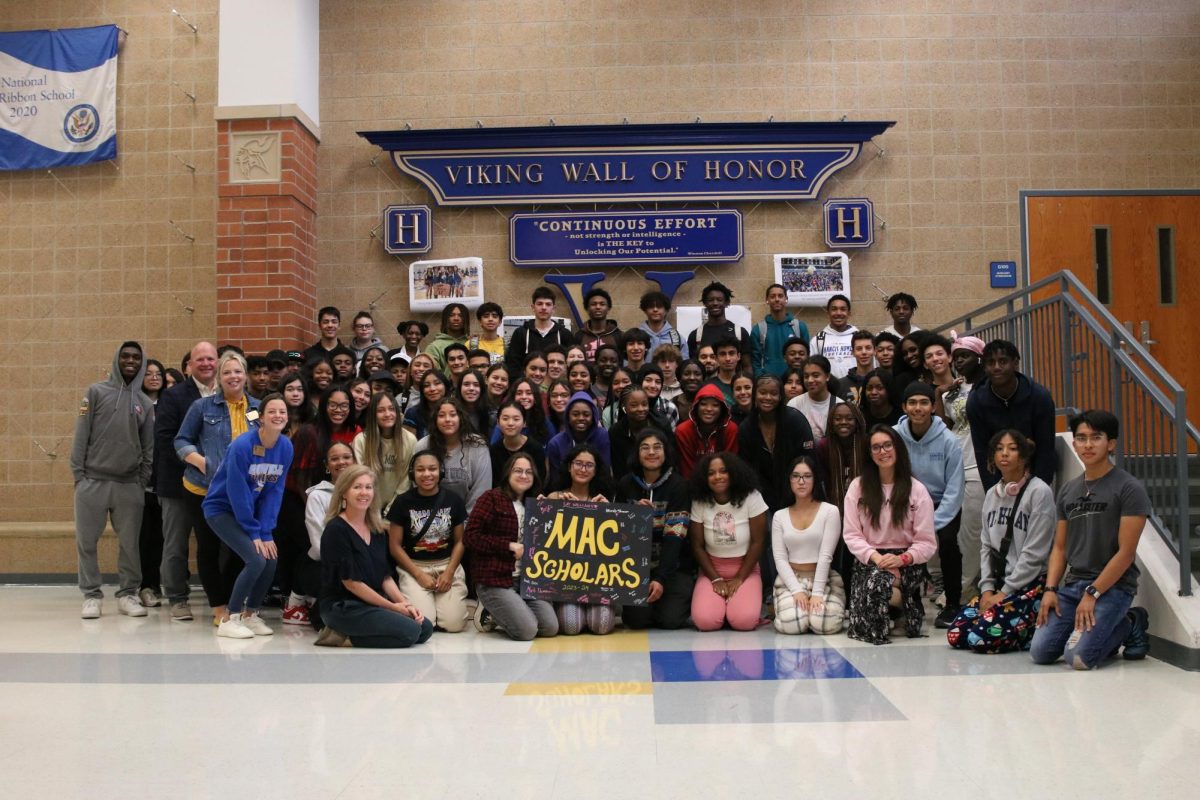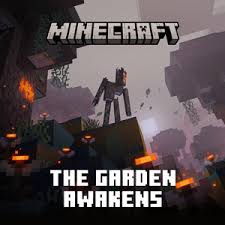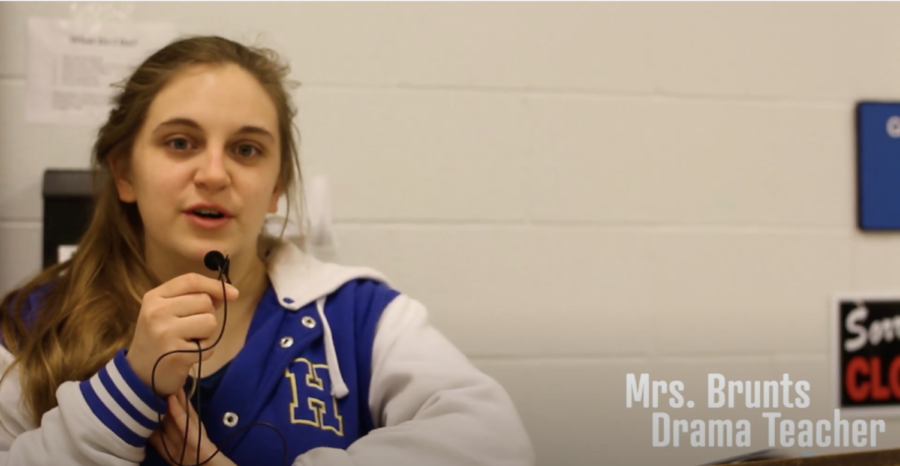Is Block Schedueling Worth A Try?
Most schools throughout America use traditional scheduling, where students travel to every one of their classes for about 45 minutes to an hour. Block scheduling means that students have longer, 90 minute class periods, but they only have four classes per day. This schedule also gives students less homework per night, because they only have half of their classes per day. This could benefit Francis Howell because it could give students more class time, it could implement a long study hall two or three times per week, and it will give students less daily homework.
Other St. Louis area school districts such as Parkway, Rockwood and Mehlville use block scheduling. This schedule is more effective than traditional scheduling because it offers students more instructional time. It permits cooperative activities to be used in the classroom. It allows students to stay focused on core daily subjects. It creates less daily homework for students. It also helps out teachers because it gives them longer planning periods.
A few downsides of block scheduling are that it causes students to lose continuity, and it costs more than traditional scheduling because teachers teach fewer students and fewer hours. But compared to all of the positives, it seems like negatives can be handled very easily. Rewards of block scheduling are heightened student and teacher morale, encouragement for the use of innovative teaching methods that address multiple learning styles, and an improved atmosphere on campus.
Work Cited
Chief, Editor in. “13 Block Scheduling Pros and Cons.” Vittana.org, vittana.org/13-block-scheduling-pros-and-cons.
Natasha. “What Is High School Block Scheduling? Block vs Traditional Schedules.” Owlcation, 9 June 2016, owlcation.com/academia/What-Is-a-Block-Schedule-Facts-About-Block-Scheduling.
www.brown.edu/academics/education-alliance/sites/brown.edu.academics.education-alliance/files/publications/block.pdf.






